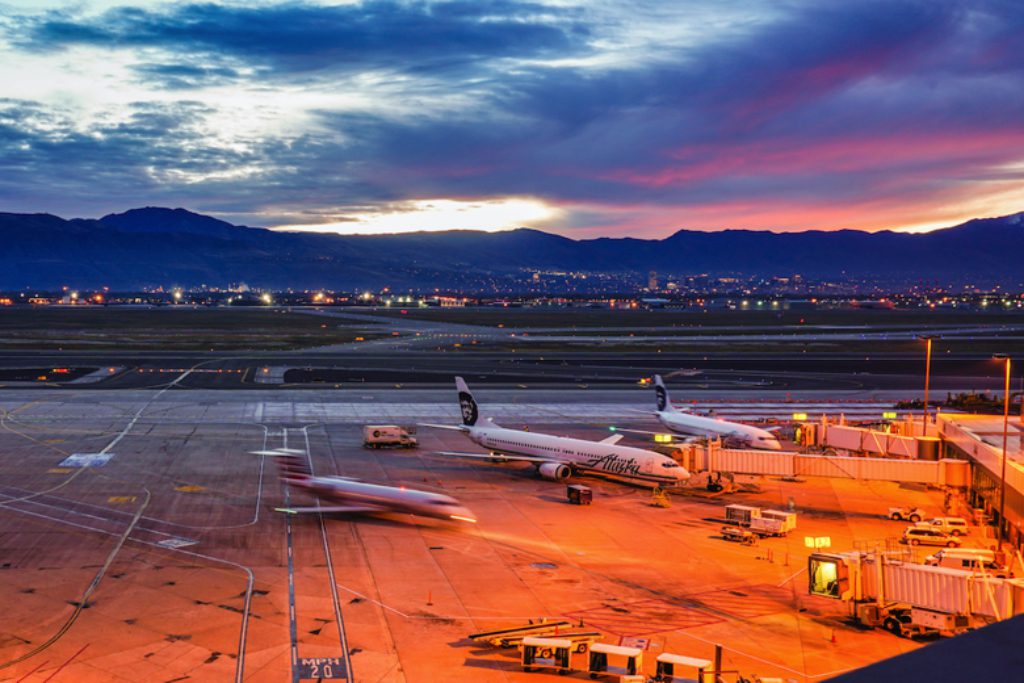Skift Take
The global pandemic abruptly changed the world’s economy, and in a rush to revitalize their revenue streams, airlines are forgetting or neglecting people who run small businesses in the suburbs far away from any hubs. Is that wise or wishful thinking that it won’t matter?
In January 2021 we released our annual travel industry trends forecast, Skift Megatrends
. Because of the havoc that the pandemic triggered, we wrote Skift Travel Megatrends 2025 as a vision of how travel industry dynamics could play out five years from now. You can read about each of the trends on Skift, or download a copy here.
Five years after the worst pandemic in modern day history crippled the airline industry in 2020, social distancing and masks seem a distant memory as companies reopened their offices, and business and leisure travelers are once again flying.
While business conditions have improved in 2025, not everything has changed. Commercial airlines are still feeling the effects of the pandemic, which led to historic furloughs and route reductions, as airlines questioned their very survival.
Five years out, many of the major airlines became gun-shy on capacity expansions, despite starting to see increased revenue.
Airlines focused recovery efforts on their largest hubs, often at the expense of smaller cities. This resulted in millions of travelers in areas no longer served or under-served being forced to drive sometimes hours one way to the nearest hub for a flight.
Many are finding traveling with fewer flight connections a fragmented, unpleasant, and rather cumbersome experience.
With any market gap, disruptors move in to take advantage. For the wealthy, private jets saw an uptick in business to service travelers who lost connections or even airports. For the budget-minded, Surf Air Mobility and competitors began flying Uber-priced hybrid-electric flights in short hops to small cities that major airlines abandoned.
With the addition of fully electric flying taxis and vertical takeoff and landing aircraft, urban air mobility passenger travel to and from the smaller hubs became somewhat democratized. Underserved communities at least had more options to avoid the tediousness of congested roadways on the ground.
Out of sheer necessity, 2020 also brought about a plethora of technological advances and other innovations to help companies, communities and individuals cope with the isolation and be able to work cohesively from home. Video conferencing became the go-to technology, supplanting the need for much business travel.
The pandemic also forced airlines to focus on efficiency, and by extension, sustainability. In some countries, the government forced this issue; in others, market forces did. But the upshot is airlines began to take such new technologies such as hybrid-electric propulsion more seriously, breathing new life into ideas that were once seen as far-fetched or the domain of a far-off future.
Download Your Copy of Skift Travel Megatrends 2025
Skift Megatrends 2025 is made possible by our parters: Abu Dhabi Convention & Exhibition Bureau, Accor, and American Express.
The Daily Newsletter
Our daily coverage of the global travel industry. Written by editors and analysts from across Skift’s brands.
Have a confidential tip for Skift? Get in touch
Tags: Skift Travel Megatrends 2025
Photo credit: Planes on the tarmac at Salt Lake City International Airport. Salt Lake City International Airport

